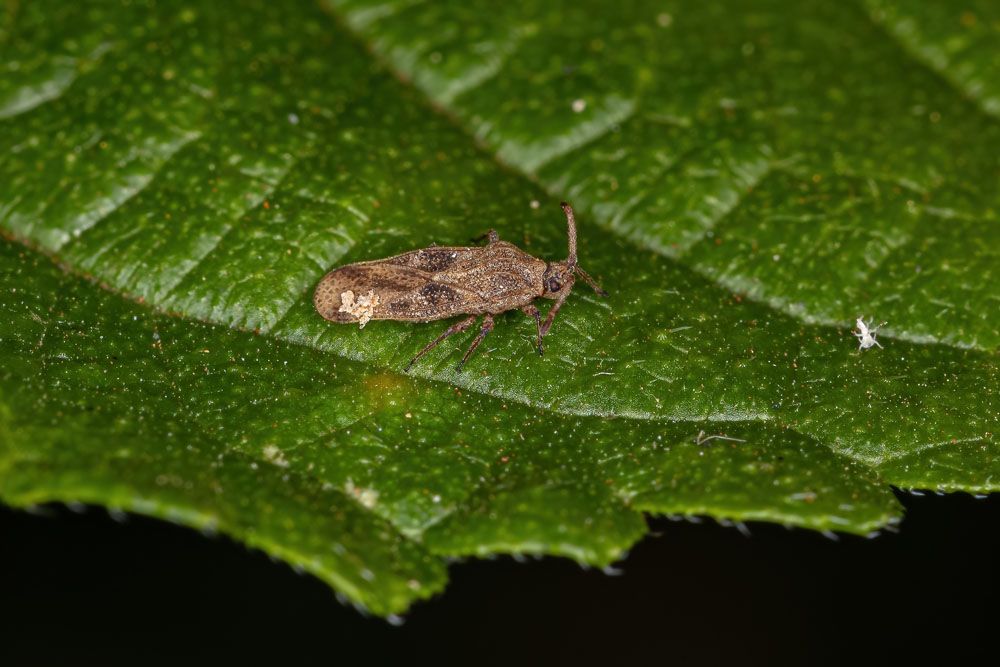
Lantana Lace Bug – Teleonemia scrupulosa
Lantana Lace Bug (Teleonemia scrupulosa)
Common Name: Lantana Lace Bug
Latin Name: Teleonemia scrupulosa
Appearance:
Teleonemia scrupulosa Stl, the lantana lace insect, frequently causes considerable damage to Lantana camara L. Although lantana is occasionally utilized as a decorative, it is generally regarded as an invasive weed. It frequently creates prickly, dense, impenetrable thickets that cover vast swaths of valuable ground. Many nations have adopted the lantana lace insect as a biological control agent to fight lantana.
Host plants:
The lantana lace insect typically feeds on lantana but will occasionally infest other plants such as sesame. The cast skins of nymphs and several black faeces stains may adhere to the underside. Pale patches emerge on the upper surface where the bugs feed beneath, and badly affected leaves turn virtually white before falling off the plant.
Territory:
Native to the Gulf Coast southward into South America, It is found in Africa, Australia, North America, Oceania, South America, and Southern Asia.
Damages caused by Lantana Lace Bug:
Lace bugs eat on the underside of leaves, but the damage is visible on the top. The signs of damage are quite similar to those of leafhopper damage, except lace bugs form varnish-like patches on the underside of the leaves. Lace bug damage might appear similar to mite harm from a distance. Mite feeding, on the other hand, creates considerably finer chlorotic specks in the leaves than lace bug feeding. Close inspection indicates that several consecutive cells are chlorotic where lace bugs have eaten. The appearance of black drops of faeces on the undersides of the injured leaves confirms the existence of lace insect damage. The cast “skins” of nymphs frequently remain stuck to the underside of leaves. Severe infestations cause the plants’ leaves to become practically white and drop.
Life history and habits:
Females inject eggs in bunches of 10 to 30 into the undersides of leaves, generally in the midrib or bigger veins, five or six days after the last moult. Spiny nymphs hatch and begin to eat around a week later. Nymphs go through five phases before moulting into adult bugs, which takes 12 to 18 days. Here, at least two generations are feasible. The latter two phases feature visible wing pads.
